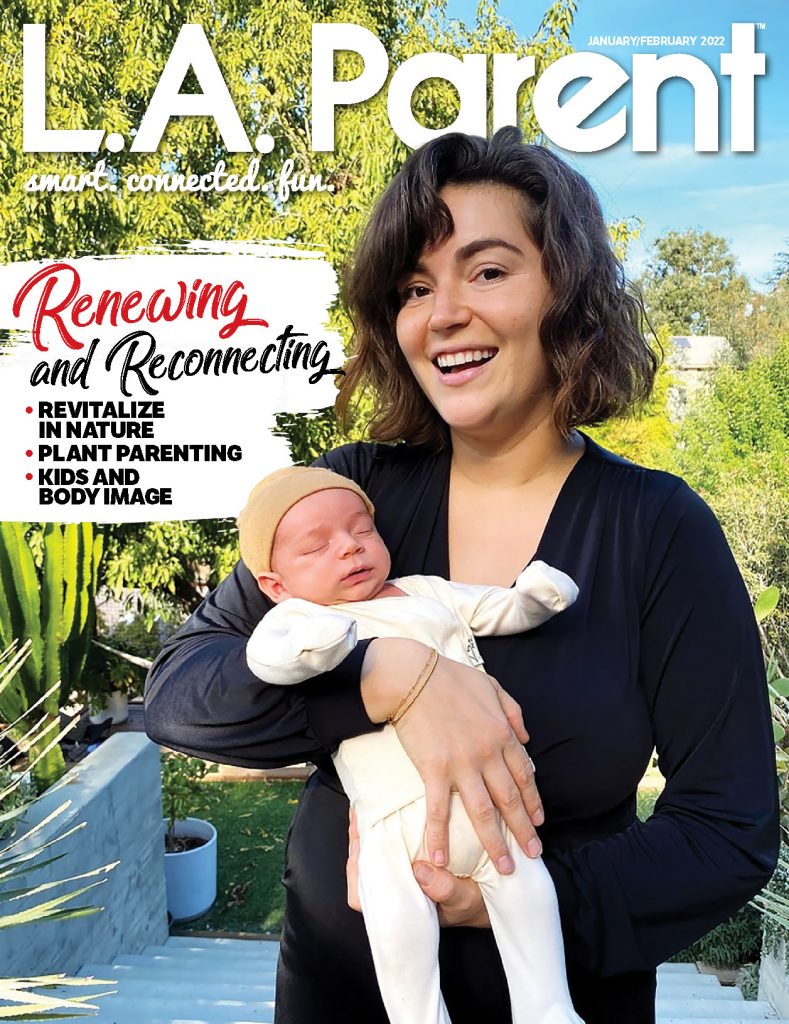
The coronavirus pandemic is creating health risks that go far beyond the dangers of COVID-19 itself as families skip well-child visits to the pediatrician – and the childhood vaccinations that go with them.
Priya Soni, M.D., a pediatric infectious disease specialist at Cedars-Sinai, says that well-child visits in the U.S., including those for immunizations, are currently down 40%. And a Centers for Disease Control and Prevention report released in early May found there were 2.5 million fewer doses of non-influenza vaccines – including 250,000 fewer doses of measles vaccine – delivered between mid-March and mid-April of this year, compared with the same period in 2019.
“As you know, we, in the recent past, have had a big issue with measles resurgence and cases popping up in pockets and communities all over the West Coast, including in Santa Monica,” says Soni. Keeping children on track with their vaccines is essential, she says, so that vaccination rates will stay at 93-95%, a level of “herd immunity” strong enough to prevent a resurgence of disease in the future.
“If we get behind on those vaccines, we are not going to see the effects of that until six months, a year down the road, when we start seeing spikes in measles cases,” she says. “If we keep going along this trend we’ve been seeing during the pandemic, then we’re going to have lots of these cases.”
Soni says she understands that people are fearful, but that well-child visits are essential. “Not only are vaccines given,” she explains, “but as pediatricians, we are trained to understand subtle changes in a child’s development, and pick those up so that we can get that child on the right track.” Along with developmental assessment, well-child visits include screenings of a child’s hearing, vision, height, weight and body mass index – which can yield clues to health issues that can worsen if not addressed right away.
I would feel more comfortable sending a child to a pediatrician’s office than to a grocery store.
Priya Soni, MD
Telehealth visits can sometimes stand in for a visit to a doctor’s office. “If a child has something like a rash, and it’s quite simple, a lot of times pediatricians can look at the rash over video and get a feeling of what’s going on with the child,” Soni says. “But there’s no substitute for actually putting a stethoscope on a child and doing a full physical exam in person.” You can’t, for instance, look into a child’s ears, nose or throat via their parents’ webcam.
And those in-person visits shouldn’t worry you as much as, say, a trip to the grocery store. That’s because pediatricians’ offices have implemented a number of measures to limit patients’ exposure to the coronavirus, including eliminating use of or severely limiting the number of patients in waiting rooms, designating certain days or mornings for well-child checkups only, thoroughly sterilizing all equipment and exam rooms between patients, and having all staff wear masks, gloves and gowns.
“There are so many variables in a grocery store that are out of our control, and a very high volume of people that come in and out. Yesterday, I went to Trader Joe’s and they told me they only allow 40 people in at one time – but even if that’s the case, imagine 40 people an hour,” Suni says. “That’s still quite a lot of exposure compared with your pediatrician’s office, where at maximum, at this moment, offices are probably only seeing 15 to 20 patients a day. Given the measures that I know many of my colleagues who are general pediatricians have put in place, I would feel more comfortable sending a child to a pediatrician’s office than to a grocery store.”

























